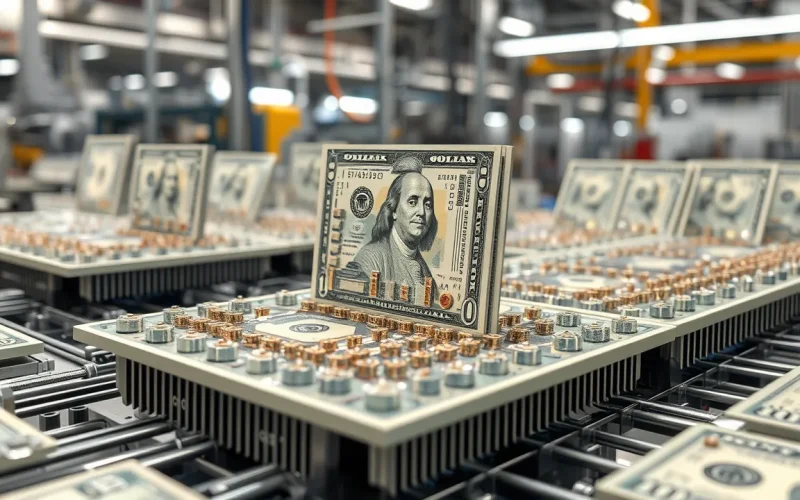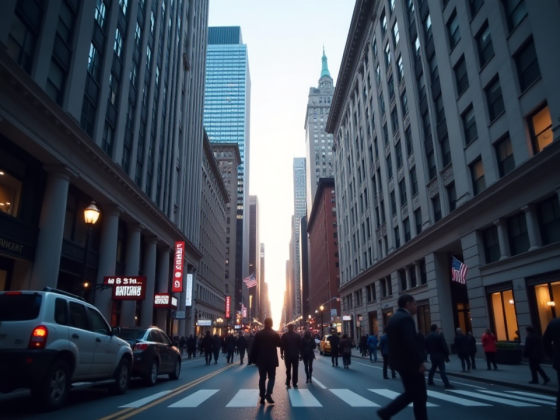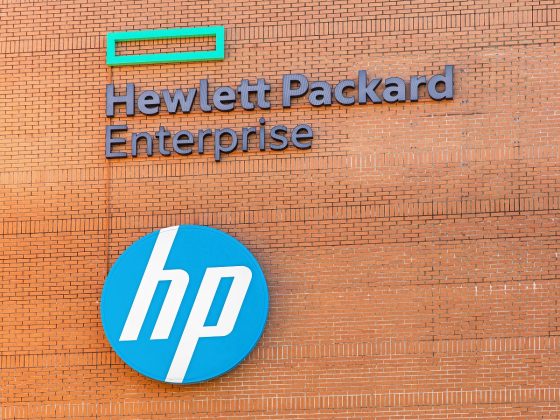For the past few years, we’ve been told that artificial intelligence would either save the world or destroy it.
The AI economy would wipe out jobs, widen inequality, and destabilise entire industries.
Others painted it as a productivity miracle waiting to happen.
But what if both sides missed the mark? Based on data, the truth is somewhere else, and it’s far more interesting.
Is AI actually raising productivity?
The answer is yes, but unevenly.
Across major economies, productivity is already rising, at least that’s what some of the most prominent research papers are reporting.
The OECD estimates AI could add up to 0.6% to productivity growth annually over the next decade.
The IMF expects global GDP to increase by 0.5% per year due to AI.
McKinsey values the potential annual gain from generative AI alone at $2.6 trillion to $4.4 trillion.
But these gains are not distributed equally. They’re concentrated in firms with digital infrastructure, workflows that can be automated, and access to compute.
In other words, in the hands of companies that already had an advantage.
The average small business doesn’t see these results. Governments in lower-income countries aren’t seeing them either.
Even within the same sector, digitally mature firms outperform their peers.
In reality, AI creates exponential gains where workflows can be codified and scaled, but it leaves behind sectors that are too analogue or fragmented.
Where are all the job losses?
Since early 2025, major tech companies like Google, Microsoft, Meta, and Amazon have quietly cut thousands of jobs.
AI tools are now reducing the need for new hires in engineering, customer service, marketing, and legal.
Many of these jobs are being redesigned or removed entirely.
However, as of mid-2025, the US labour market remains historically strong. The unemployment rate is below 4%.
White-collar job shares have held steady or increased. Entry-level tech and finance roles saw a temporary slowdown in 2023, but hiring has since rebounded.
There’s no clear evidence of a collapse in employment due to AI. Most of the “job gap” cited by analysts existed before generative AI.
Recent data from the New York Fed shows most firms say AI hasn’t affected the hiring of young graduates. At least not yet.
At the same time, job search friction has increased. That means more spam applications and longer hiring cycles, but not total job destruction.
The AI economy is not removing jobs en masse. It’s removing the need for jobs in areas where AI becomes the default engine of productivity.
Departments that once scaled with headcount are now scaling with software.
As of today, the real effects are still noise. The real trend is subtler. AI is changing what people do at work and not outright replacing them, yet.
So what is AI actually doing to jobs?
AI is actually compressing skills, shifting tasks, and rewarding adaptability.
In many roles, AI has taken over parts of the work. Junior coders now share tasks with code assistants.
Paralegals and marketers use AI tools to speed up research or content generation.
That doesn’t eliminate the job. It just changes the value of each task.
This leads to what economists call skill compression. People who used to be average now look below average.
People who were great now look replaceable.
AI doesn’t just automate, it flattens the playing field in certain roles.
That puts pressure on wages, especially in jobs where output is easy to automate but human insight is still expected.
Yet firm-level data tells a different story. Studies from Japan, Spain, Finland, and Canada show that companies adopting automation hire more people and not fewer.
This means that output increases. Product quality improves. The workers do different things. Perhaps workers become better.
What about inequality?
This is where AI hits hardest.
Not through unemployment, but through how it distributes gains.
AI rewards companies that already have data, infrastructure, and market position.
It also rewards capital over labour. Productivity increases, but the spoils go to shareholders, not workers.
Case in point, the “Magnificent 7” companies have added over $4.5 trillion in market cap in 2024 alone.
Nvidia has become the world’s most valuable company within a couple of years.
The result is growing divergence. The best firms become even more efficient. The rest struggle to catch up.
Countries with compute power and sovereign models move ahead. Others are left consuming AI tools built elsewhere.
The US and China are pulling away. The EU is trying to regulate first and build later.
The inequality is becoming institutional.
Who controls the models? Who owns the data? Who captures the upside?
Without serious investment in public infrastructure like compute, cloud, and access, the AI economy will remain top-heavy.
What are the hidden costs?
The two greatest commodities of our time: energy and time.
AI consumes massive electricity. Large language models require hundreds of megawatts to train.
Global data centre usage could triple by 2030. This creates pressure on grids, raises emissions, and delays energy transitions.
There’s also a time cost. Every worker who now has to prompt a model, review AI output, or verify its results is spending time differently.
Tasks get done faster, but oversight becomes more important. AI shifts where time is spent. It doesn’t just erase effort.
Most economic models don’t account for these frictions. They also assume jobs are static.
That’s not how work functions. Roles evolve. Workers adapt.
The AI economy isn’t linear. It’s recursive. Automation changes the work, and the work changes in response.
And the gains are, for now, asymmetrically captured. Productivity is rising, but mostly where firms are ready for it.
AI reveals how prepared, or unprepared, economies really are. The countries and companies that treat it as a tool, not a threat, will win.
The post The effects of AI on the economy are real — but not in the way most expect appeared first on Invezz


